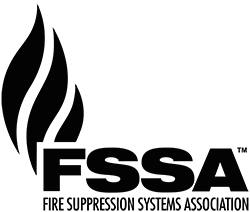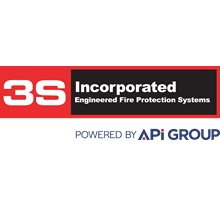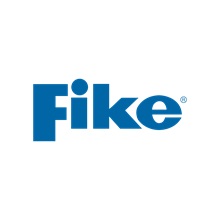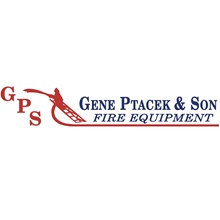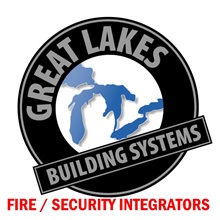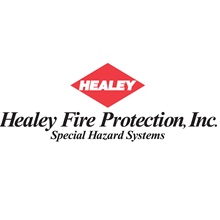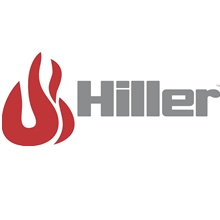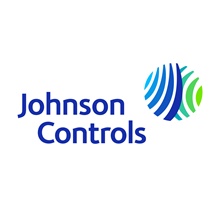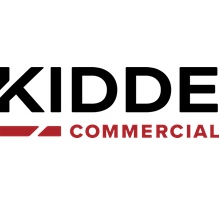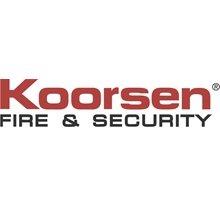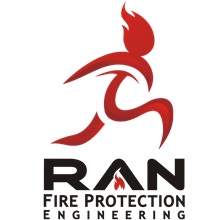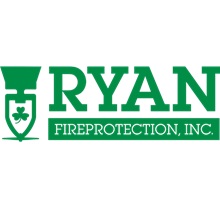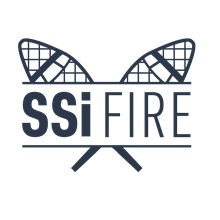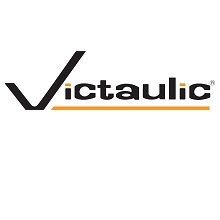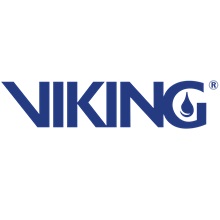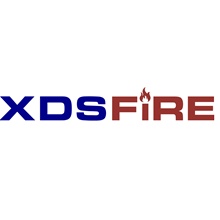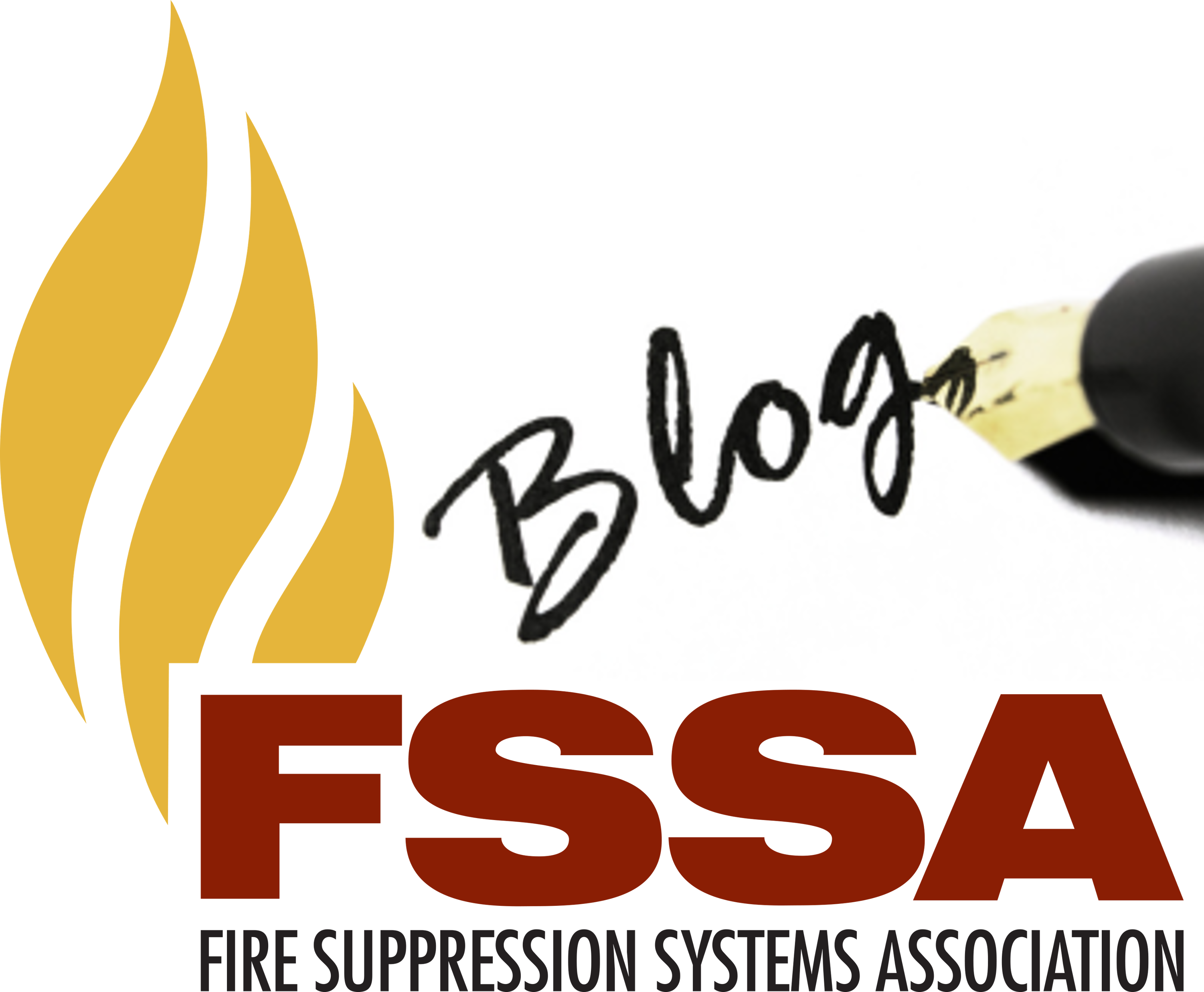- FSSA
- About
- Membership
- Events
- Training
- Resources
- Member Home
FSSA PFAS Task Force - AFFF: PFOA-PFOS FAQs
1. What MIL-SPEC-Approved Foam is Available on the Market?There now is a Mil-Spec Synthetic Fluorine-Free Foam (SFFF) approved by the DoD. The approval of SOLBERG® 3% MIL-SPEC Synthetic Fluorine-Free Foam (SFFF) can be found on the Department of Defense Qualified Products List (QPL) DOD QPL - https://qpldocs.dla.mil/search/default.aspx by searching Governing Spec MIL-PRF-32725. We expect other options to become available to the market, and as they do, we will keep you informed. Here is the pertinent information provided by the manufacturer on SOLBERG® 3% MIL-SPEC Synthetic Fluorine-Free Foam (SFFF):
FSSA notes that DoD approval only permits dilution with fresh water.
Spec Sheets are available here. 2. What is the status of AFFF legislation/regulation?Several PFAS chemicals are or will be designated as hazardous by many states and the federal government, including chemicals that make up fluorinated foams agents typically associated with the PFOA and PFOS based AFFF family of foams. Some PFAS chemicals are considered persistent, bio-accumulative, and toxic (PBT) They are persistent in the environment, this means they do not break down quickly or easily. They are bio-accumulative (they do not flush out of the body) and are toxic (they can lead to adverse health conditions). There is legislation and regulations (or pending legislation and regulations) that severely limits or even prohibits the use of these chemicals. State regulations vary widely, are constantly changing, and can be tracked using www.saferstates.org. Federal -- The U.S. EPA has taken several active steps to address contamination including designation of certain PFAS chemicals as hazardous – including PFOA (perfluorooctanoic acid), PFHxA (perfluorohexanoic acid), and PFOS (perfluorooctane sulfanate) which are associated with fluorinated foam agents including the AFFF-family of foams. This would impact inventory and release reporting under the Resource Conservation and Recovery Act (RCRA), Toxics Release Inventory (TRI) and the Comprehensive Environmental Response, Compensation, and Liability Act (CERCLA aka Superfund Act) to start. There are also plans to enhance the Safe Drinking Water Act. Specific information regarding the EPA’s environmental plan for PFAS can be found at www.epa.gov/PFAS. 3. What are the legal implications of AFFF regulations and legislation?As of January 2024, there are 6,994 AFFF firefighting foam lawsuits pending in federal court MDL (Multi-District Litigation). The first significant lawsuit brought by 12,000 public water systems plaintiffs was settled in June 2023 against 3M for $10.3B, but it is currently being appealed as being “too low” and was not a class action lawsuit. There are thousands more lawsuits pending in the courts. 4. What should I consider for my company policy regarding AFFF?Here is a sample policy regarding your position on AFFF and how you may mitigate risk for your customers: Firefighting foam is an effective fire suppression agent for controlling fires involving Class B flammable liquids and fuels. Controlling and extinguishing these fires will reduce the risks to life, property, business interruption and the environmental damage fires cause. The environmental impact of different types of firefighting foam has been a topic of global discussion – particularly on the properties of fluorinated (AFFF) vs. fluorine-free (F3-foams). COMPANY recognizes the importance of using these products in an environmentally responsible manner.
COMPANY also recognizes that the selection of a particular firefighting foam product by a customer should evaluate several factors, including a high level of firefighting performance, life safety, potential environmental impacts, compatibility with equipment/systems, and compliance with regulatory requirements. Rapid extinguishment reduces the release of toxic by-products of combustion and lessens the consumption of water and foam. COMPANY is committed to assisting its customers in this evaluation process.
5. Does all liquid from a foam system or from piping connected to a foam system have to be captured for compliant waste disposal?Because of the hazardous and persistent nature of chemicals that comprise foam agents typically associated with the AFFF family of foams; you should not attempt to dispose of AFFF on your own. Instead, you should consult an accredited AFFF disposal company for regulatory compliant disposal. The most common method of AFFF disposal is high-temperature incineration. This heats the substance to at least 1000°C with a minimum residence time of two seconds. It is also critical to note that at no time is the fire protection contractor to be designated as the “waste generator” on manifest documents. The waste generator is always the customer site as they legally own the waste. 6. Why should we segregate our tools and equipment that have been used on fluorinated foam systems and are not able to use them for work on other systems?PFAS chemicals possess some of the strongest chemical bonds in existence. As such, once the chemicals contaminate a component, they attach to its surface and do not easily flush away. Studies have shown that even after repeated flushing and chemical cleaning where initial contamination readings are negligible, a re-check several months later will show contamination readings back up to the original levels. By segregating contaminated tools and equipment and only using them for other contaminated system work, you minimize cross-contaminating other systems or components. 7. Why should we not accept deliveries of fluorinated foam concentrates at our company properties or transport them using company vehicles or a transport company that we hire?This policy mitigates the risk to technicians and team members, avoids accidental spills, and aids in cleanup of company property. As for hiring a third-party transport company, your company may be liable for an accidental spill or cleanup, so only a licensed hazardous waste transporter should be allowed. However, it is preferable to have the vendor ship and deliver the foam concentrate directly to your client site. 8. What should my job safety plan and accidental spill plan include?The Job Safety Plan or Job Hazard Analysis should be a part of every job you undertake to understand hazards, prevent injury, minimize adverse environmental impact, avoid equipment damage, and evaluate non-routine tasks. Specific to foam system-related work, it is important to:
9. What does it mean to be properly trained, and what training is available?Being properly trained is critical for all the systems with which you interact and the customers you serve. Foam systems are no different. Formal foam system training should include participation in a manufacturer-approved or accredited training course. There are foam system-related training courses available through the foam manufacturers. 10. There are systems that have multiple risers, but not every riser has foam; should we consider the other risers as contaminated and collect the wastewater for disposal?It is best to exercise an abundance of caution and to consider everything contaminated (which means collecting the waste for disposal) unless the “water only” riser(s) is upstream and separated from the foam riser by a check valve or backflow preventer in the supply manifold to keep foam out of the supply piping. Many existing systems simply are not maintained or serviced properly. Foam is notorious for finding a way into water supply piping and unintended system risers for a variety of reasons. Better to exercise caution than to risk damage to the environment, living beings, or your company reputation. 11. Is it okay to discharge on-site if the site owner has an isolated, closed drainage system? How can we be sure?This should be confirmed in writing signed by an authorized representative of the site owner by your office or company leadership as a condition of the work scope before your technicians arrive on site. The confirmation from the site owner should include the identification of the closed drainage system and their wastewater disposal plan before you agree to discharge without localized containment. It is also prudent to include a suitable indemnification provision from the site owner in the job documentation for your protection. 12. How should we dispose of solid contaminated waste like piping, tanks, and valves?If you as a company are coordinating the waste disposal, communicate with your chosen licensed hazardous waste disposal company to identify the waste materials and they will assist with a solution. Typically, hazardous solid waste is sent to a subtitle C hazardous waste landfill or other compliant disposal facility. 13. How should we handle the bladder and bladder tank of an AFFF system?See the solid waste section above. 14. How should we document testing, inspection, and maintenance processes associated with NFPA 11 as it related to possible PFAS in the system?Not sure I understand the question correctly, but it sounds like an internal checklist process to align with the ITM activities would meet the intent. One might add items to the ITM report stating that all system discharge and contaminated solid waste was captured for compliant disposal. 15. How should we document to the end-user customer that their AFFF system may have PFAS AFFF agent throughout their system and suggest that they change out their system?This is a function of educating the client about current and pending EPA and/or state regulatory actions as well as manufacturers terminating the production and sale of fluorinated foam agents. It may also be beneficial to collect water samples from the system(s) and send them to an accredited laboratory to analyze the total PFAS contamination. 16. As installers, how should we document suggestions to my customer and manage their response?There are currently no known reporting requirements for contractors to notify AHJs of the locations of PFAS-laden foam systems. If you wish to retain records for your own purposes or include as comments on an inspection report, then record retention methods should be at your discretion. Suggestions should be given in writing to customer’s authorized representative, with the customer’s acknowledgement of receipt. 17. As installers, how can we determine which foams contain PFAS-based chemicals? Is there a date range or product names/numbers for these products?For definitive determination, it is best to contact the foam concentrate manufacturer. 18. As installers, how can we mitigate our liability concerning PFAS?Making your customer aware of potential liability associated with a AFFF discharge or spill may help to protect you if the event. There should be language in your contract terms and conditions limiting your liability to levels acceptable by your company and insurance carrier. While adding additional language to your contract terms and conditions may help limit your liability in the event of a claim by your customer, you can never absolve yourself completely from liability especially when it comes to claims by third parties. Installers should check their current insurance policy, and upon each renewal, for exclusions associated with PFAS. Keep Abreast of the Latest Approvals and Options for Firefighting Foam* The fire protection industry, particularly as it relates to firefighting foam, is rapidly changing as AFFF faces scrutiny and alternatives have been nonexistent until the recent approval of Solberg’s foam. It can be challenging to stay up to date on UL and FM approvals and NFPA Codes and Standards. Here is a quick guide to the latest NFPA guidelines per NFPA 11, Standard for Low-. Medium-, and High-Expansion Foam (2024 Edition) as well as a cheat sheet on how to find UL and FM listings related to firefighting foam. 19. What is the status of Synthetic Fluorine-Free Foam (SFFF)?At this time, there are several products that are either UL-listed or FM-approved. Additionally, there is one MIL-SPEC-approved product on the market that can be used. Definition: 3.3.12.8*Synthetic Fluorine-Free Foam (SFFF) - Foam concentrate based on a mixture of hydrocarbon surface active agents that is not formulated to contain per- or polyfluoroalkyl substances (PFAS). 20. Does foam equipment need to be listed with the foam concentrate?Foam concentrates are listed for use with proportioning equipment, but keep in mind that where there are no existing listings for the components, those components will need to be approved on a case-by-case basis. 4.1.2* Foam concentrate shall be listed for use with the proportioning equipment and discharge device(s). 4.1.3* Where listings for components do not exist, components shall be approved. 21. Can we mix different types of foam concentrate?Mixing foam concentrates is not allowed whether by type or brand unless manufacturer data that is approved by the AHJs shows compatibility. 4.3.1.1.2* Different types and/or brands of foam concentrates shall not be mixed for storage. Different brands of the same type of concentrate shall not be mixed unless data are provided by the manufacturer and accepted by the AHJ, to prove that the brands are compatible. 22. Are there temperature limitations of foam concentrates?This code is particularly important if you are in regions with more extreme temperatures. You may be required to store concentrates inside buildings or structures that provide heating and/or cooling in order to comply with the listed temperature limitations. 4.3.2.4.2* Foam concentrates shall be stored within the listed temperature limitations. 23. Where can I find information on SFFF concentrate and a device list in UL?Foam listings are in the UL 162, Foam Equipment and Liquid Concentrates, 2018 section. You can also visit https://www.ul.com/services/firefighting-foam-protection-class-b-combustible-liquids for more information. 24. Where can I find all products/manufacturers that have UL listings?You can visit https://productiq.ulprospector.com/en. Once there, click the login button to log on to your account. If you do not have an account, you can click “register for free” to create one. After you register, you can search via manufacturer name or using the keyword “Synthetic Fluorine-Free Foam or GFCV.” Please note that you must review each manufacturer for the type of fuels that the foam has listed, manufacturer make and model of discharge device, minimum design application rate, discharge device minimum inlet pressure, concentration flow rate, and other factors. 25. How can I find current FM data sheets on foam systems?You can visit https://www.fmglobal.com/research-and-resources/fm-global-data-sheets. On that page, you can scroll to data sheet 4-12 -- FOAM EXTINGUISHING SYSTEMS. You can also find additional information at https://www.fmglobal.com/research-and-resources/research-and-testing/research-technical-reports. 26. Where can I find FM Approval listings?For complimentary access to the FM Approval Guide, visit https://www.fmapprovals.com/approval-guide#. IMPORTANT NOTE: This information provides general guidance and is not intended to provide all information necessary to determine the requirements related to the design, installation, service, maintenance, inspection, test, and/or requalification of foam fire suppression systems. Always refer to the current versions of the equipment manufacturer's instructions and recommendations, NFPA Standards, national & local laws and codes, and other applicable regulations and information. Questions for FSSA and the PFAS Task ForceThe task force wants to hear from you - whether it's feedback, questions, or concerns surrounding PFAS. PFAS Contact Form |
